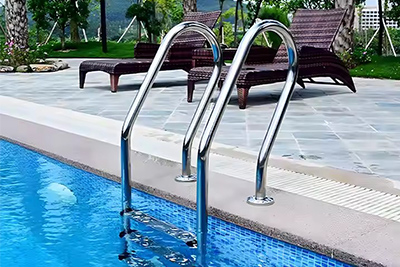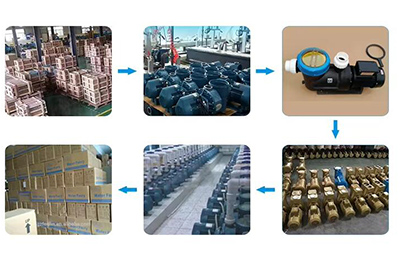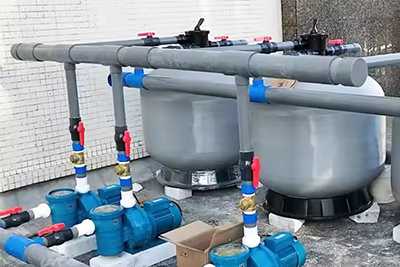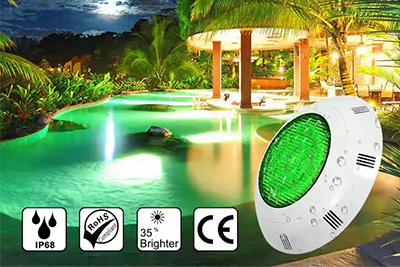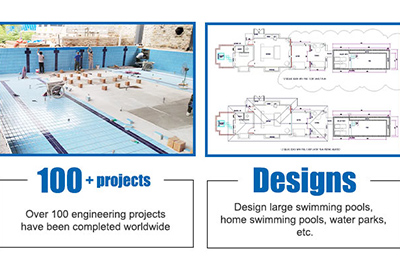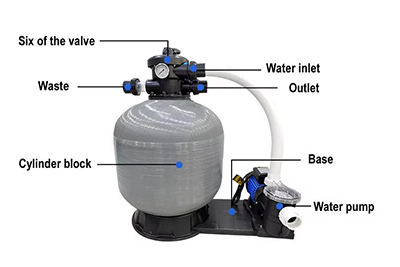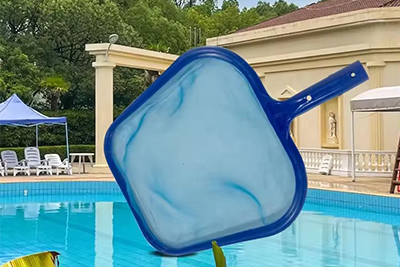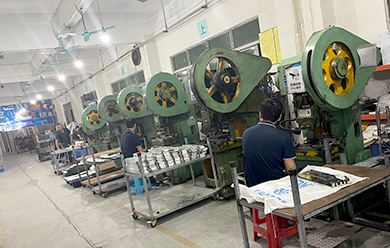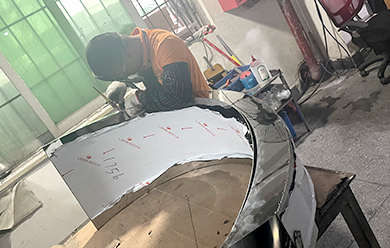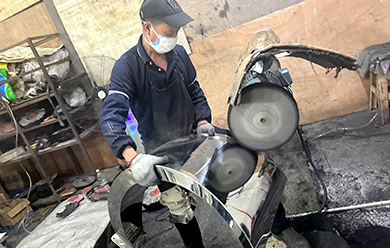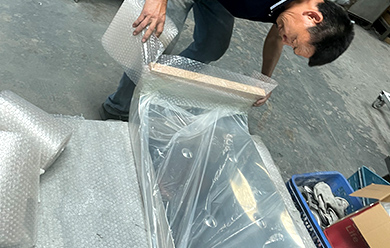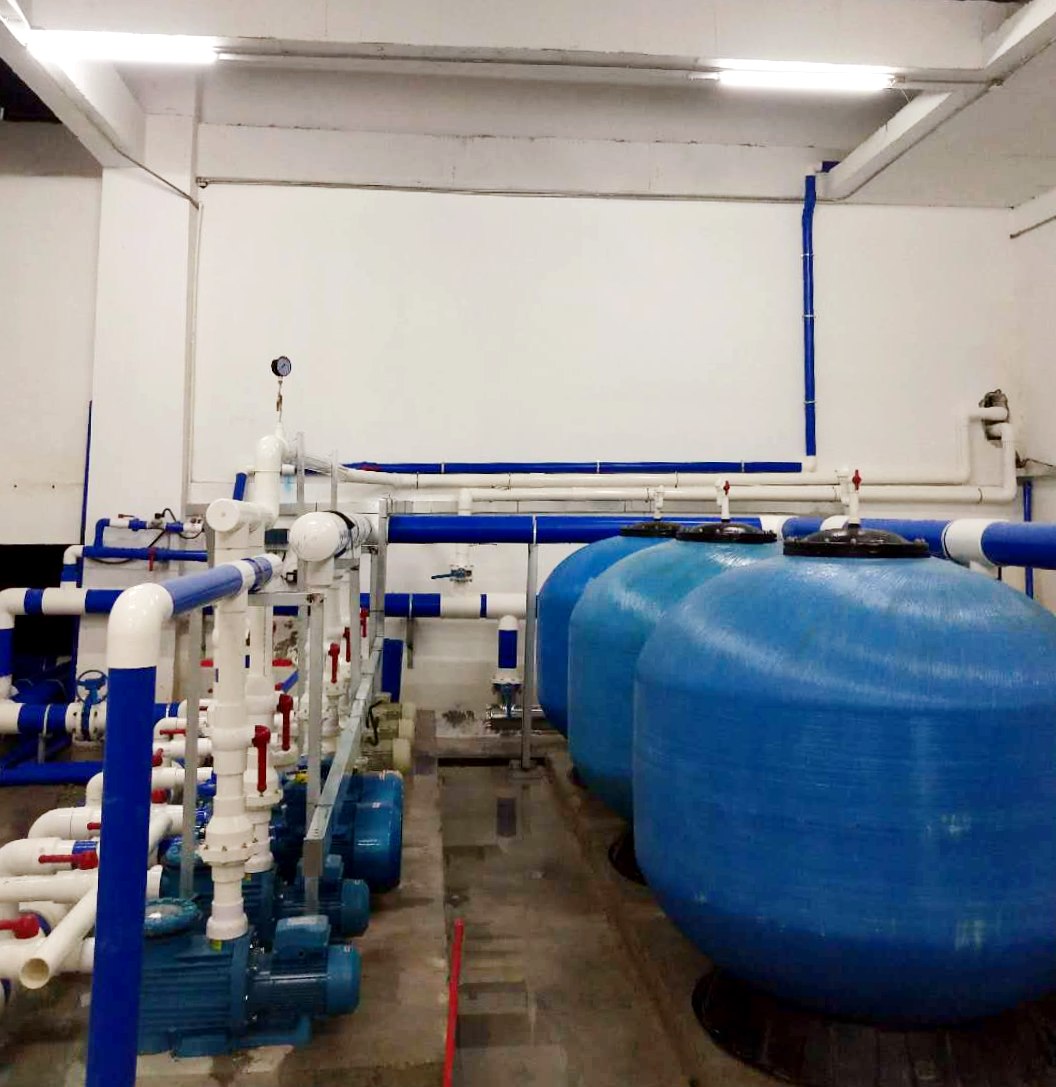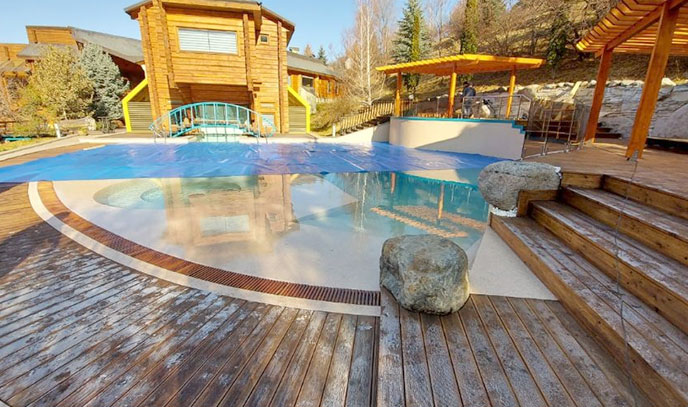عرض المزيد
Aug 23, 2024
How to Clean Swimming Pool?
Cleaning a swimming pool involves a combination of manual cleaning, chemical treatments, and routine maintenance to keep the water clear, safe, and inviting. 1. Skimming the Surface Tools Needed: Skimmer net or leaf net Steps: Use the skimmer net to remove floating debris such as leaves, bugs, and other debris from the surface of the water. Skim the pool daily or as needed, especially after storms or windy conditions. 2. Brushing the Pool Walls and Floor Tools Needed: Pool brush (nylon or stainless steel depending on your pool surface) Steps: Brush the walls, steps, and floor of the pool to remove algae, dirt, and grime that accumulate over time. Start from the top and work your way down to the bottom of the pool, focusing on areas with low circulation such as corners, steps, and ladders. For plaster, concrete, or tile pools, use a stiff brush, for vinyl or fiberglass pools, use a soft brush to avoid damage. 3. Vacuuming the Pool Tools Needed: Manual pool vacuum or automatic pool cleaner Steps: Manual Vacuum: Attach the vacuum head to the pole, connect the hose, and submerge the vacuum in the pool. Once the vacuum hose is primed (filled with water), vacuum the pool floor thoroughly, moving slowly to avoid stirring up debris. Automatic Pool Cleaner: If you have a robotic or suction-side cleaner, set it up and let it clean the pool automatically. These cleaners are effective for regular maintenance but may require manual vacuuming for deep cleaning. 4. Cleaning the Pool Filter Types of Filters: Sand, Cartridge, or Diatomaceous Earth (DE) Steps: Sand Filter: Backwash the filter to remove debris and contaminants. After backwashing, set the valve to “Rinse” to settle the sand. Cartridge Filter: Remove the cartridges and rinse them with a garden hose. Soak the cartridges in a filter cleaner solution periodically for a deep clean. DE Filter: Backwash the filter and recharge it with fresh DE powder according to the manufacturer’s instructions. 5. Checking and Balancing Pool Water Chemistry Tools Needed: Water test kit or test strips Steps:Test the pool water for pH, alkalinity, chlorine, calcium hardness, and stabilizer (cyanuric acid) levels. Ideal levels are: pH: 7.4 – 7.6 Alkalinity: 80 – 120 ppm Chlorine: 1 – 3 ppm Calcium Hardness: 200 – 400 ppm Cyanuric Acid: 30 – 50 ppm Adjust the chemicals as needed: pH Balancer: Use pH increaser (soda ash) or pH decreaser (muriatic acid) to adjust pH levels. Chlorine: Add chlorine tablets, liquid, or shock as needed to maintain sanitation. Algaecide: Add algaecide to prevent algae growth. 6. Shock the Pool Tools Needed: Pool shock (chlorine or non-chlorine based) Steps: "Shock" the pool by adding a large dose of chlorine to quickly raise chlorine levels and kill bacteria, algae, and other contaminants. Do this weekly or after heavy use, rain, or when water appears cloudy. Be sure to follow the manufacturer's instruction...




.jpg)
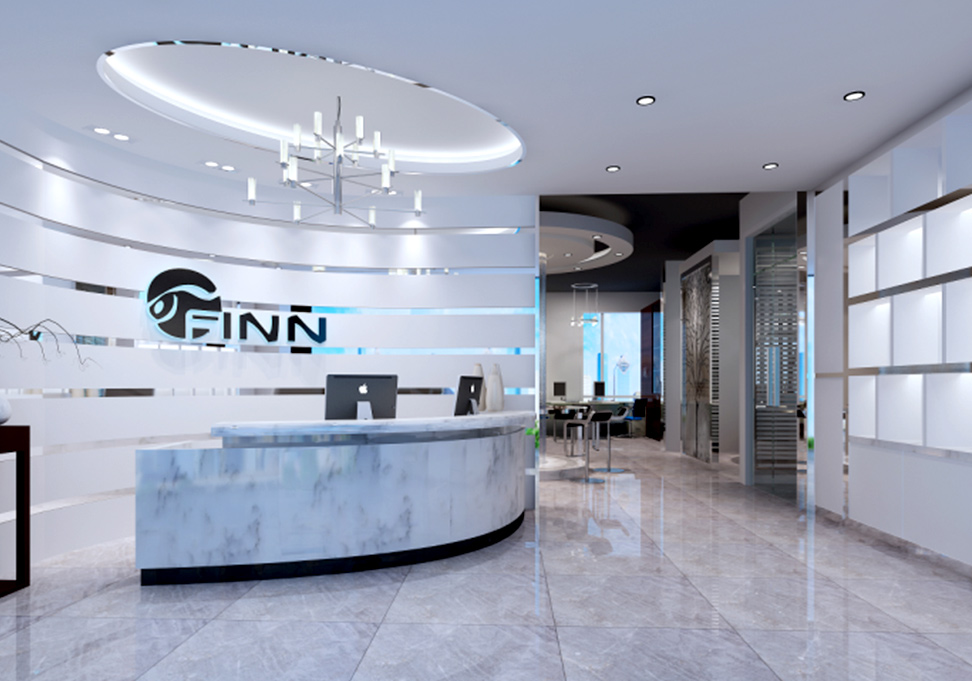
.jpg)

